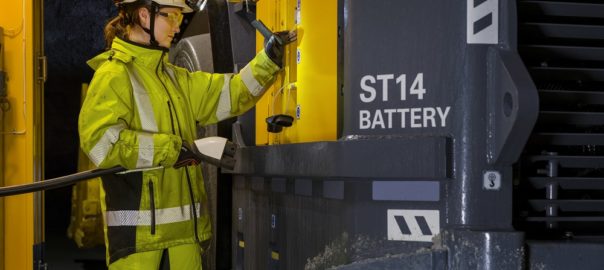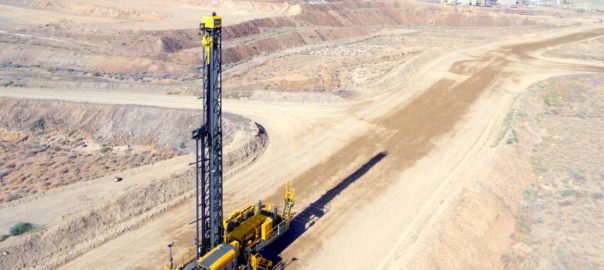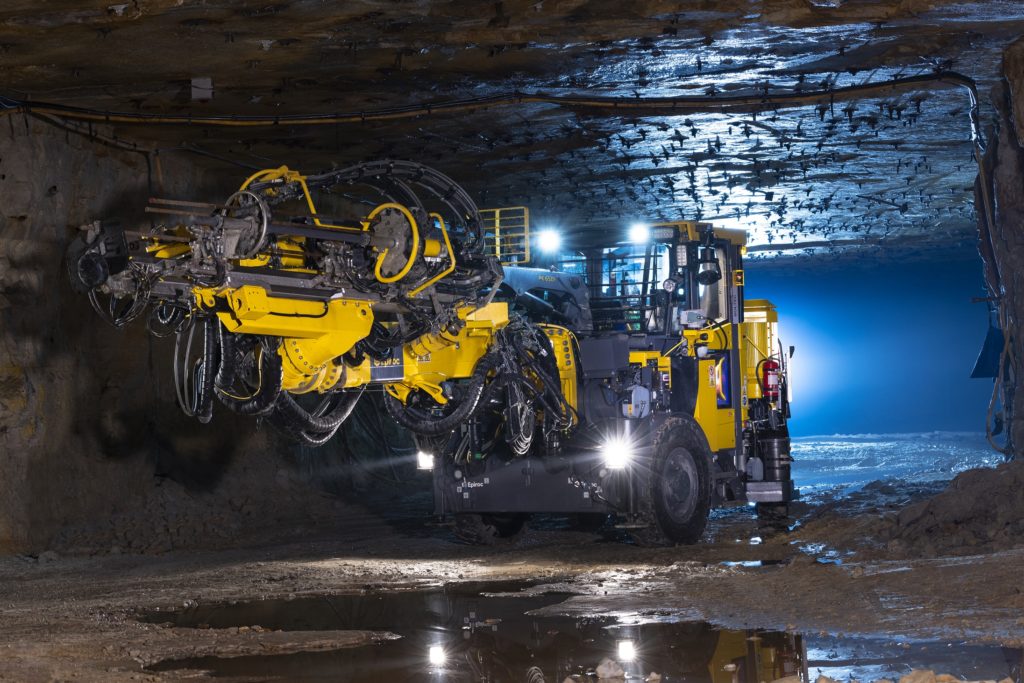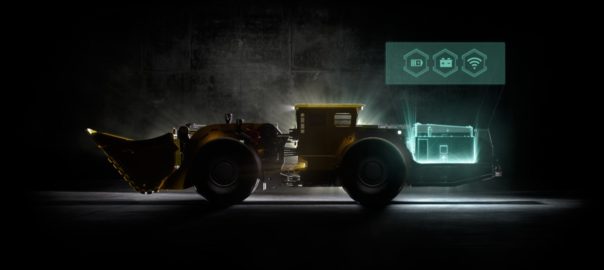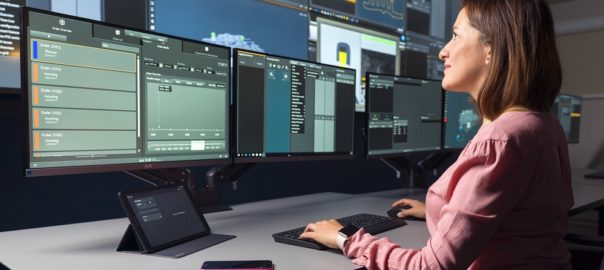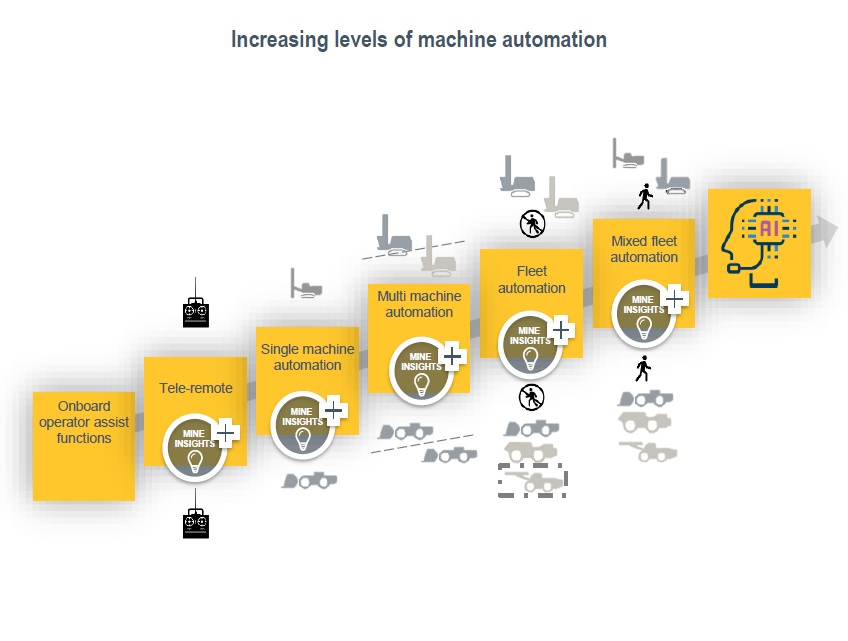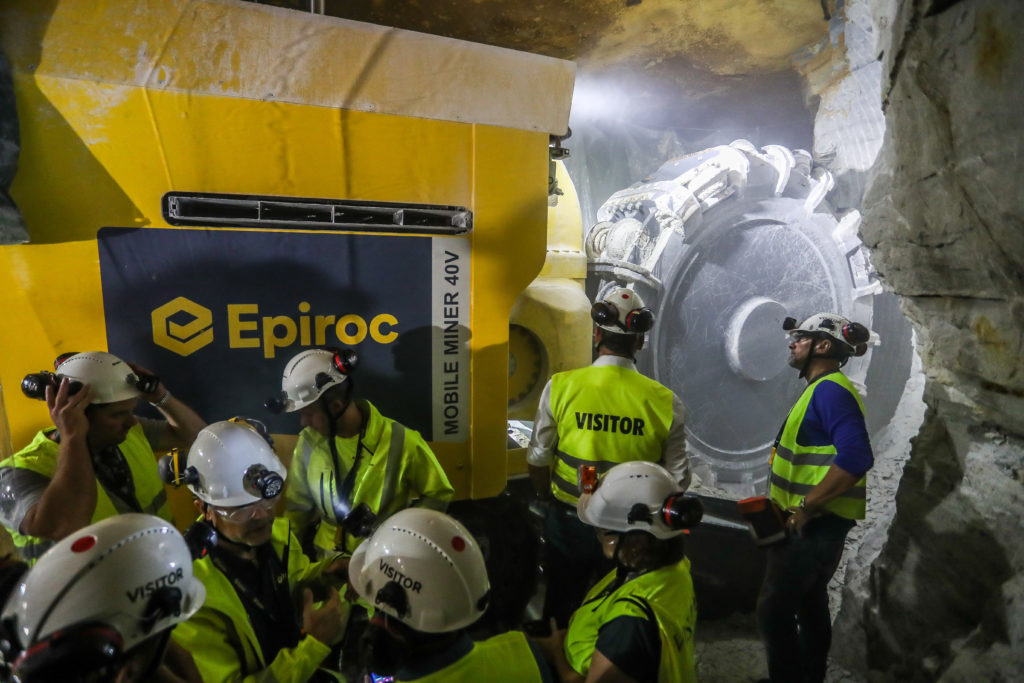Not a financial report goes by without Epiroc referencing its electrification offering. Whether it be new products, an uptick in customer demand or plans to roll out more battery-electric retrofit options for its customer base, ‘going electric’ has become a consistent quarterly theme for the Sweden-based OEM.
Epiroc’s development timeline for battery-electric machines started all the way back in 2012 – the first Scooptram ST7 Battery was produced in 2013 before a 2014 machine trial with Goldcorp’s Red Lake mines department (now owned by Evolution Mining). The Minetruck MT2010 battery-electric vehicle then came along in 2015.
Its electrification roots go back even further though thanks to Atlas Copco’s acquisition of GIA Industri AB in 2011; a transaction that brought the renowned Kiruna electric trucks into the portfolio.
Over this timeframe, Epiroc has also deployed cable-electric large blasthole rigs across the globe, removing diesel from the drilling process at surface mines.
A constant throughout this period has been Erik Svedlund, Senior Zero Emission Manager at Epiroc, who has helped steer the company’s electrification direction from its first generation battery-electric vehicles to the position it is in now: having integrated automation into the battery-electric mix with the Scooptram ST18 SG and, on the retrofit side, having the resources in place to offer mid-life rebuild options to convert its diesel-powered Scooptram ST7, Scooptram ST1030 and Scooptram ST14 loaders, plus its Minetruck MT436 and Minetruck MT42 trucks, to battery-electric vehicles.
Ahead of his keynote presentation at this month’s The Electric Mine 2023 conference in Tucson, Arizona (May 23-25), IM put some questions to Svedlund on the evolution of the market since he started ‘selling’ the electrification concept to stakeholders.
IM: You have been heading up Epiroc’s electrification efforts since 2010; how have you seen the reception to these solutions and developments change in that 13-year period? Has the speed of the transition surprised you?
ES: The speed is both fast and slow; I estimate that we are in the beginning of the steep part of the S-curve. Previously the drive was more on improved safety and health or a lower total cost of ownership. Now I notice a bigger drive towards low-carbon solutions. But the answer to all these focus areas is always ‘electrification’.
IM: Epiroc has some very ambitious targets when it comes to electrifying its fleet – both underground and on surface with drills. Given the various applications you are serving, how are you able to create a platform that can cater to all the specific parameters at mining operations?
ES: Indeed, Epiroc was quite early in developing battery-electric machines and has set very ambitious sustainability targets that go hand in hand with our customer’s targets. Making one or a few models is not too difficult but enabling everything to go electric required us to develop a new technology platform that would allow all models to become electric. This platform has allowed us to scale up to meet our targets.
IM: Is this why you are pursuing so many different development avenues with customers – diesel-electric trucks, battery-trolley, new battery solutions, BEV retrofits, etc?
ES: There is no one silver bullet to solve all models and applications. As a base there will be an energy-efficient electric driveline. However, how to get energy to that machine will vary depending on application. We will need many solutions in the future.

IM: How important do you see Batteries as a Service (BaaS) being as your BEV rollout accelerates? What level of interest or uptake have you had so far, and do you see the majority of BEV fleet users opting for this?
ES: The majority of our batteries go out with BaaS but not all; some customers like to own their assets. The setup of these agreements may be tailored to the customer’s needs.
IM: The combination of automation and electrification have been spoken about in the last few years as BEVs have started to be rolled out at a faster pace, with the development of your ST14 SG and ST18 SG representing key milestones in this area. Are mining companies continuing to push you to further automate your BEVs and remove all people from the process? What avenues are you pursuing for this in terms of automating the battery swapping process, recommending trolley charging, leveraging BluVein’s dynamic charging solution, etc?
ES: The trend for safer and more efficient operations will continue. Autonomous machines will have to be supported by autonomous chargers. Dynamic or stationary charging will be dependent on the type of machine and application. But we must not forget the solutions we as OEMs introduce must be able to work together with the grid. When it comes to surface mining, we have already seen that automation and electrification are a perfect match. We already have a complete range of cable-electric large blasthole rigs with a large number of drills in operation in all continents, some of which are automated.
IM: Your keynote presentation is titled, ‘The green transition is a material transition.’ Could you explain what is meant by this, and how Epiroc is involved in this material transition as a mining OEM?
ES: Zero-emission vehicles and renewable energy require metals; we in the mining industry have a special responsibility to do our part. Adopting a ‘green mining’ concept will prepare and position our industry as adding value to our solutions.
Erik Svedlund, Senior Zero Emission Manager at Epiroc, will present: ‘Keynote: The green transition is a material transition’ at The Electric Mine 2023 conference in Tucson, Arizona, on May 24 at 9:00-9:30. For more information on this three-day event, head to www.theelectricmine.com







